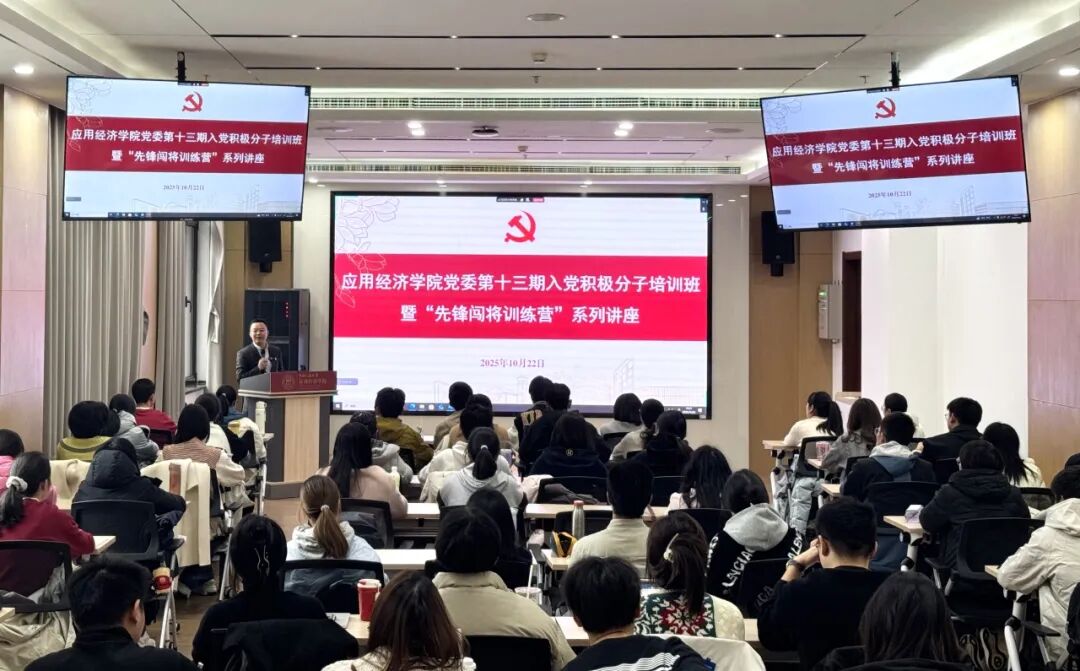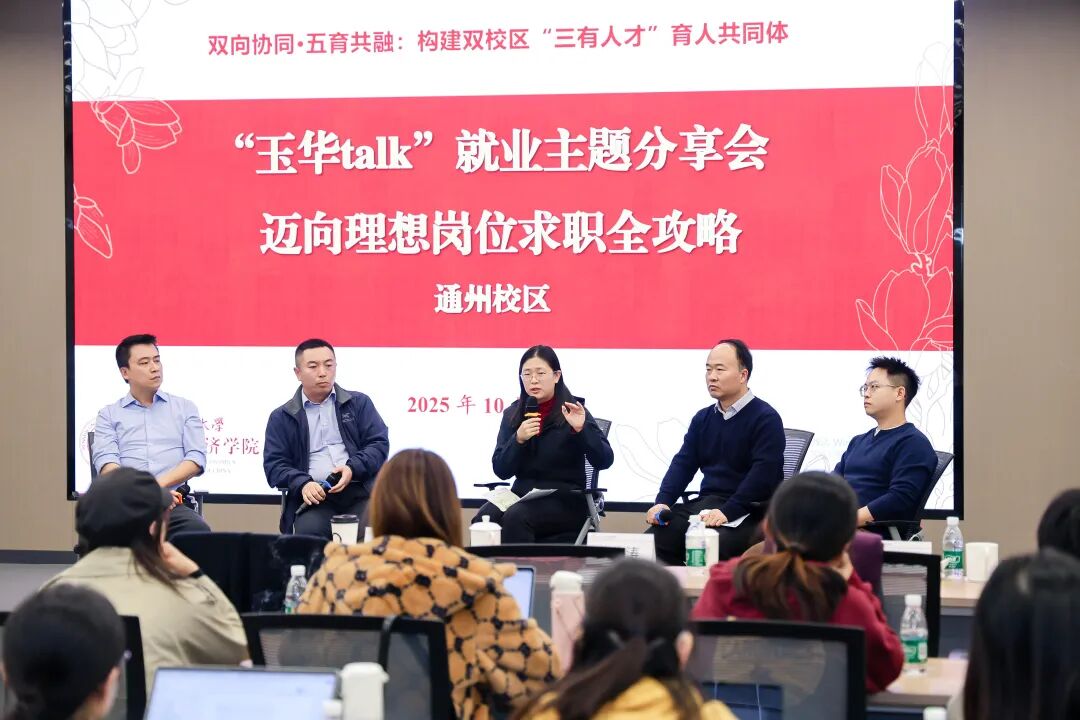

Zhengzhou, Henan, is undergoing a significant industrial transformation, transitioning from one of the world’s largest iPhone production hubs to a rising force in electric vehicle manufacturing. This shift has made Zhengzhou a focal point in China's advancement of "new quality productive forces."
Cities like Guiyang in Guizhou Province and Hefei in Anhui Province are also becoming key players in this transformation. Guiyang leverages the national "East data, West computing" project to drive its AI and computational economy, while Hefei has cultivated a unique approach to new industries by combining the roles of state-owned capital and private enterprises.
What ties these cities together is their proactive integration of digital, networked and intelligent technologies to foster new quality productive forces. These innovations are at the forefront of global industrial and technological development, driving China’s high-quality economic growth, promoting regional coordination and boosting overall efficiency.
Regional coordinated development aims to balance growth and achieve common prosperity by ensuring equitable access to public services and infrastructure. In earlier development stages, balance focused on reducing disparities at generally low development levels. In contrast, advanced regional balance prioritizes coordinated, high-quality growth driven by new quality productive forces.
Before reform and opening-up, China attempted to balance industrial distribution by developing inland regions, with limited success due to economic and technological constraints.
Today China's advanced economy and tech capabilities enable a higher-level regional balance strategy. New quality productive forces are critical in achieving this balance but face challenges due to spatial disparities in their distribution compared to overall economic development.
Cities like Zhengzhou, Hefei and Guiyang offer valuable insights.
First, strategic adaptation to external changes: Local governments should align strategies with opportunities in the external environment. Central, western and northeastern regions, often resource-constrained compared to the east, must effectively leverage external markets and resources to develop new quality productive forces.
Second, market-driven and government-led collaboration: Encouraging enterprises to expand across regions, particularly from developed areas, can help transfer technology and transform traditional industries. This fosters cross-regional collaboration in disruptive and cutting-edge technologies.
Finally, optimized national resource allocation: The central government should enhance resource distribution by supporting less-developed regions in attracting talent, boosting education and fostering talent hubs to build new quality productive forces.
作者:张可云
单位:中国人民大学应用经济学院
来源:People's Daily(人民日报英文版)
设计 责编:张琳 马文林
审核:张可云 宋枫
相关新闻
-

应用经济学院党委举办第十三期入党积极分子培训班第一讲暨“先锋闯将训练营”系列讲座
2025/11/07
-

就业主题分享会“玉华talk:迈向理想岗位求职全攻略”举办
2025/11/06
-

“学习四中全会精神 展望‘十五五’规划”研讨会举办
2025/11/05
-

锚定“关键前八周”,双主校区启新程
2025/11/05



